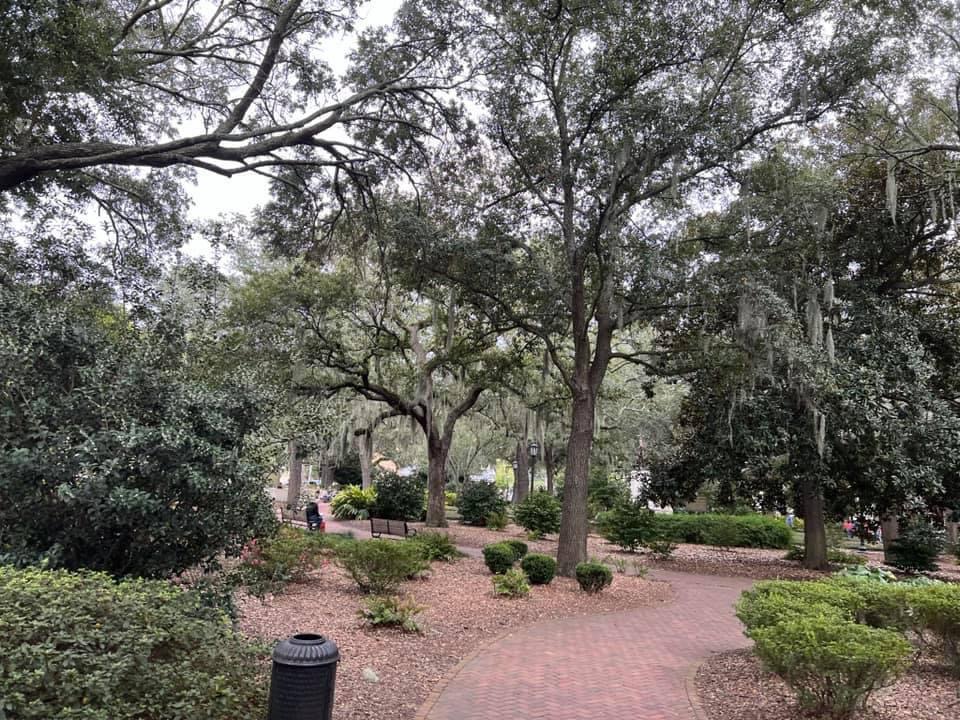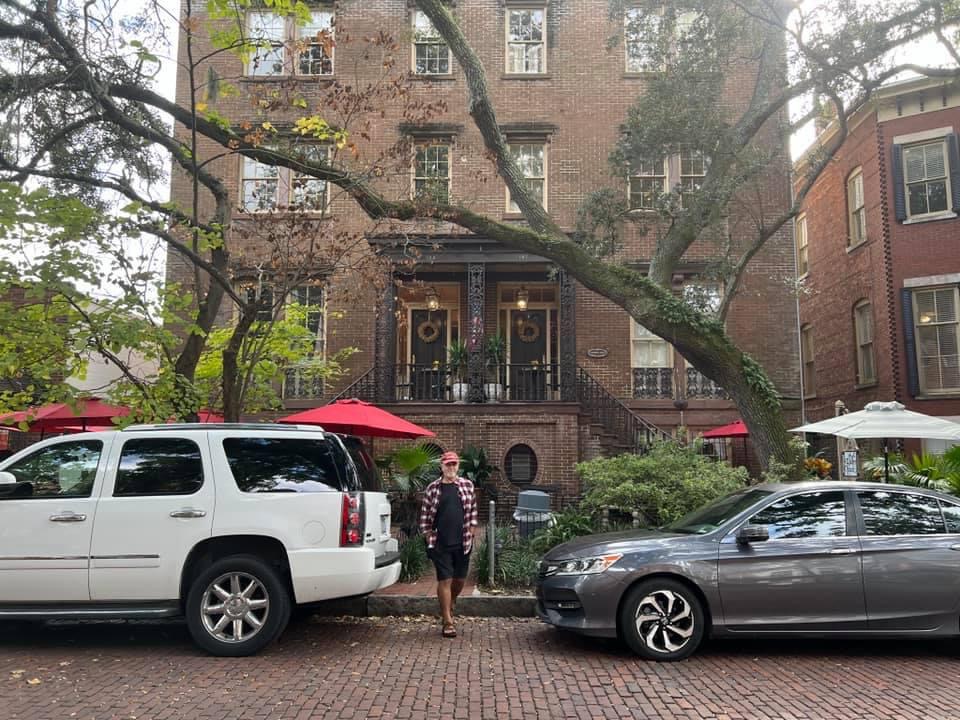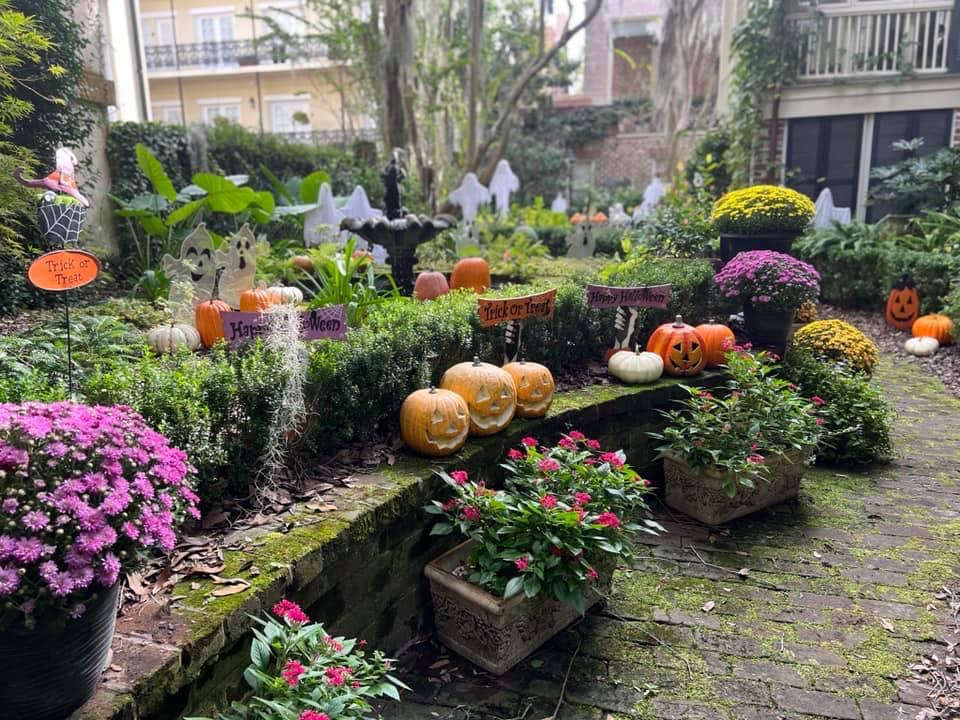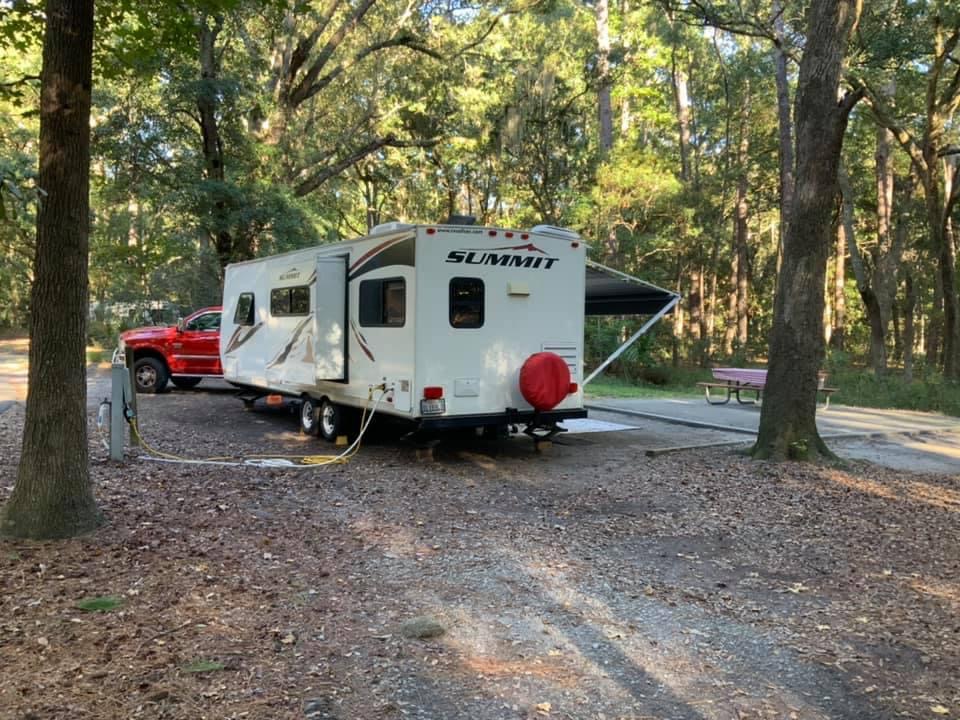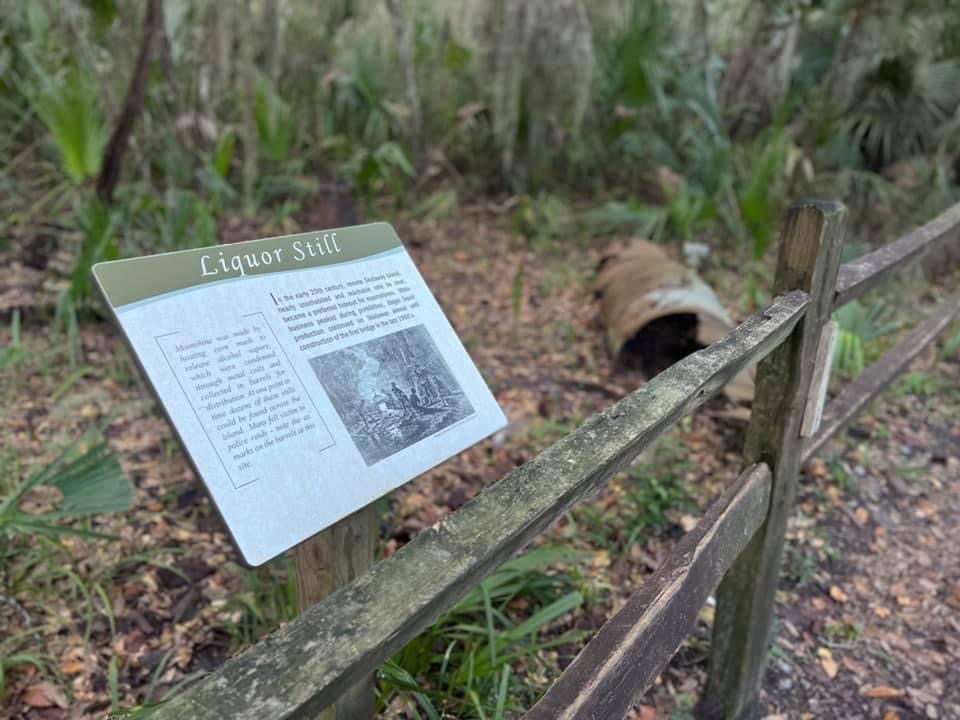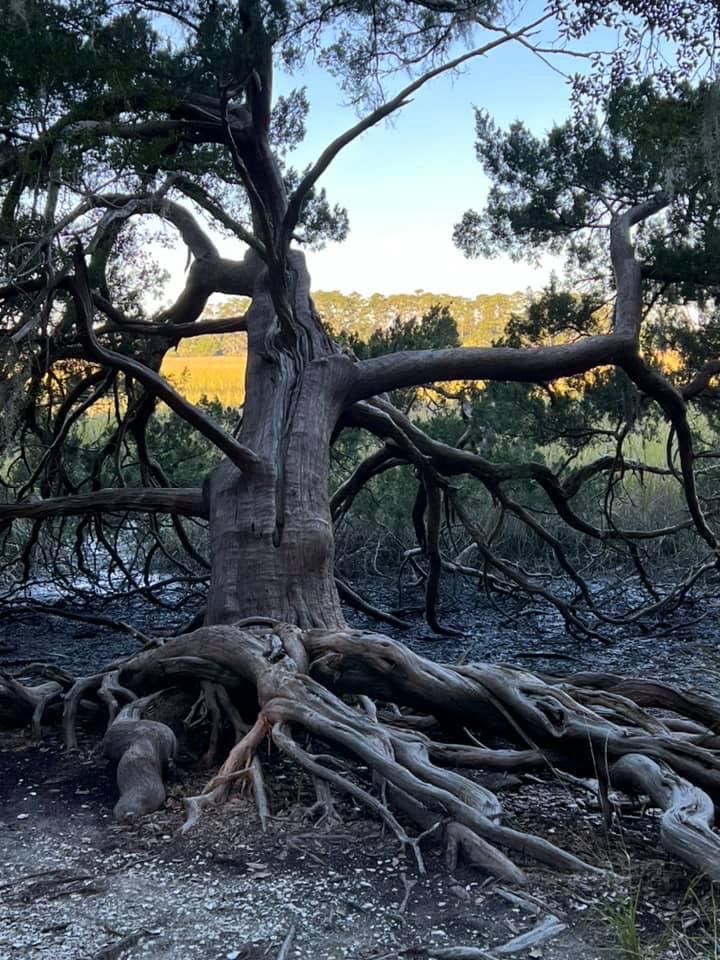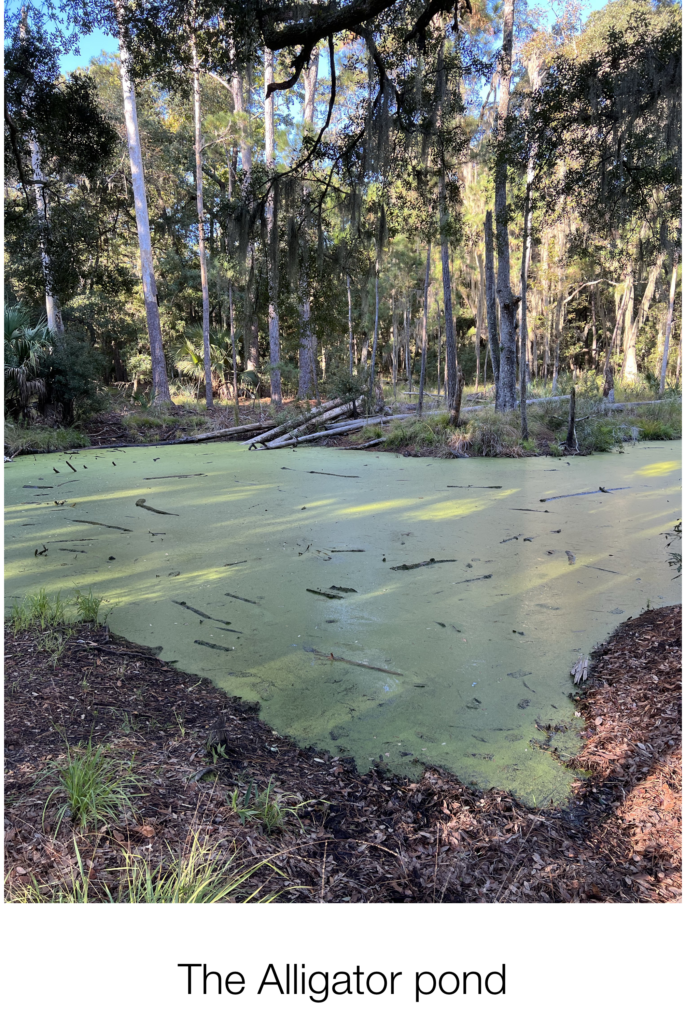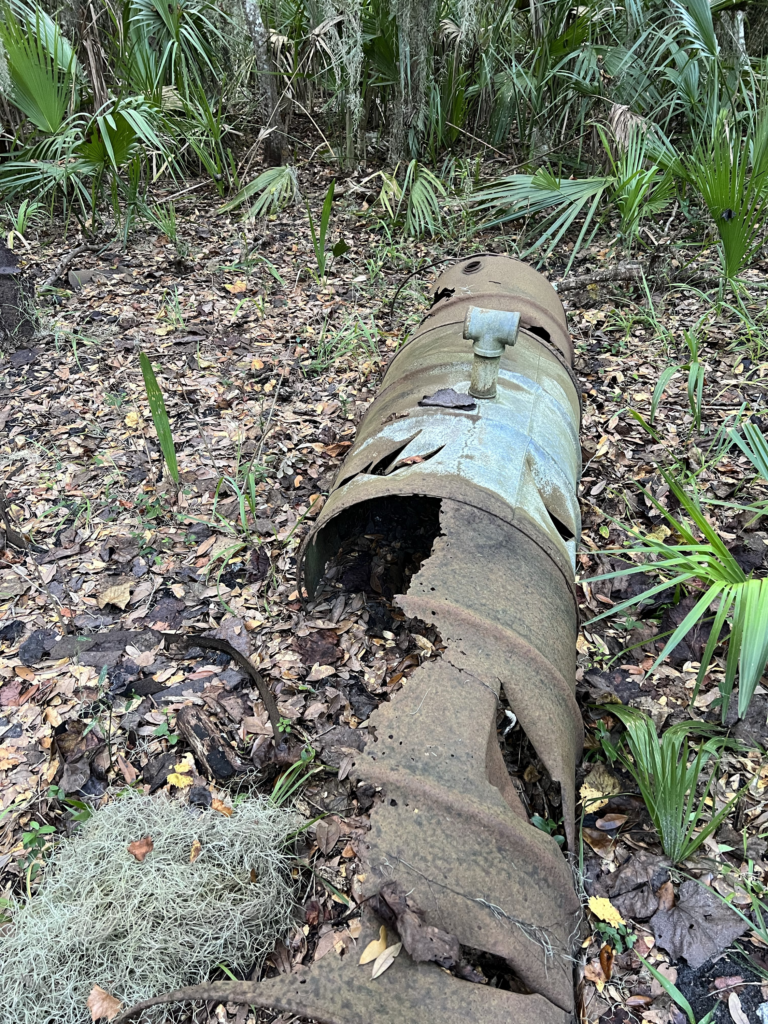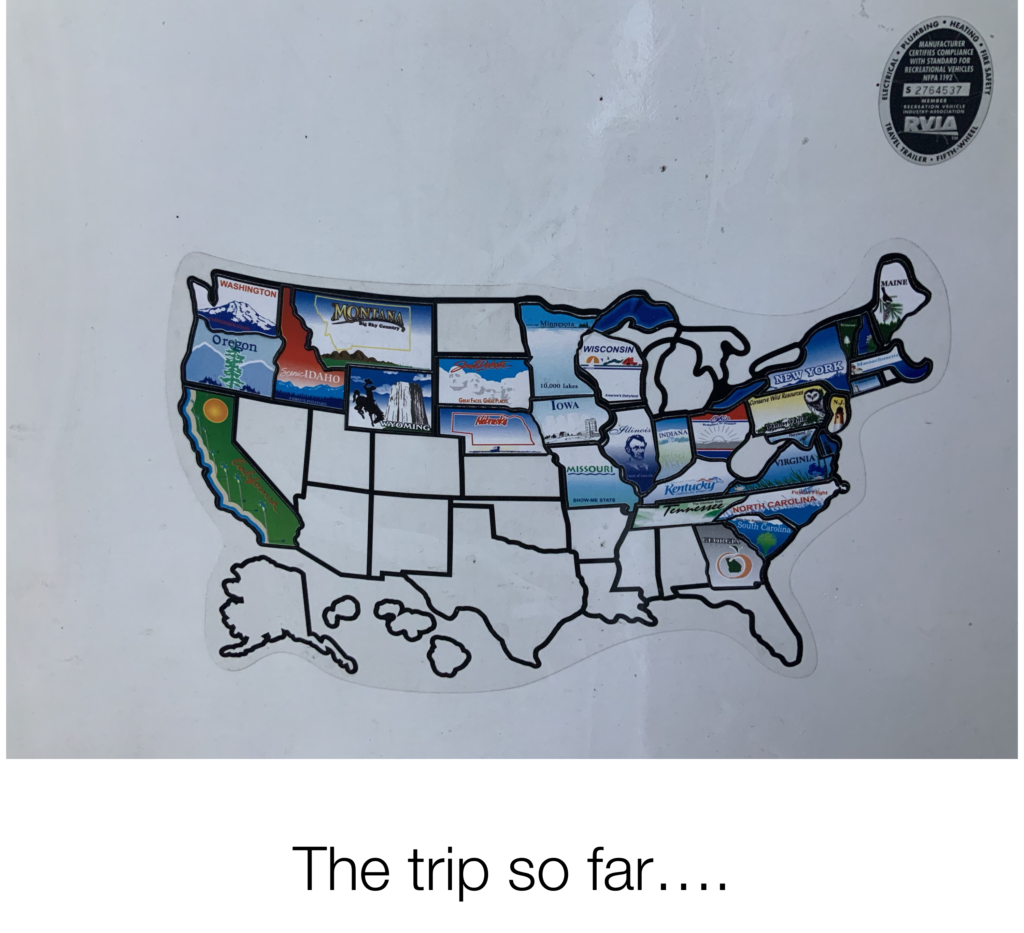IF YOU ARE READING THIS IN AN EMAIL, CLICK ON THE HYPERTEXT TITLE ABOVE TO READ IT IN BIGGER PRINT.
(Note: This blog entry represents a combination of writings and pictures already posted about our Cool Change II, Land Yacht Adventures 2021 through Cindy via Facebook and Rick via email. So for some of you, the following posts may be duplicative, but for others, this is the first time you are seeing them. We are repeating them here to centralize the record and share our experiences more broadly.)
CINDY’S POST:

Welcome to Georgia, the land of Spanish moss draped over Live Oak trees. God I love the sense of mystery this moss inspires. I expect an Anne Rice character to appear from behind one of these old tree trunks at any given moment. It is not so romantic, however, to have learned that the expression, “sleep tight and don’t let the bed bugs bite” originated from the use of Spanish moss as mattress stuffing. Apparently, Spanish moss is infested with red bugs referred to as chiggers. They bite and leave a welt.
Savannah is beautiful. Scattered throughout the historic district are 22 “squares,” each part of the original design of the city, all richly planted with old growth live oaks. Brick or cobblestone pathways meander through the squares, with ample benches enjoyed by all.
To the left above is a famous lunch restaurant in the Savannah Historic District called Mrs. Wilkes Dining Room. I didn’t get as many pictures of the gorgeous 19th century homes around the squares as I intended, but one of the elements they all had in common was lots of ironwork. Apparently that was a sign of wealth.

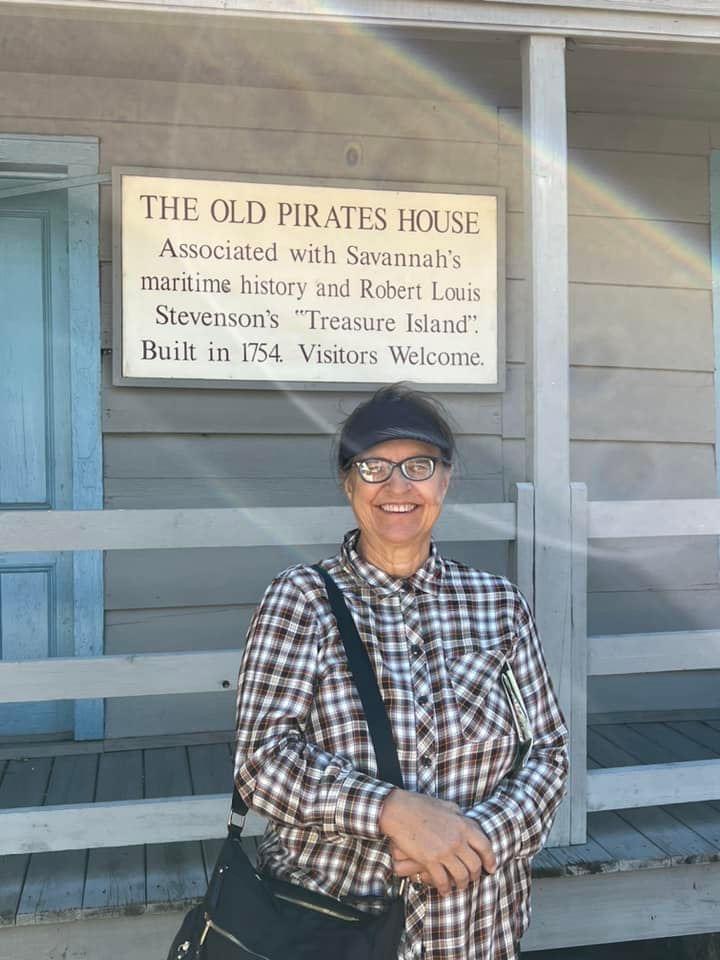
A nice hike through the forest surrounding the campground brought us to this historic relic, a Liquor Still. These swamps were perfect hideaways during Prohibition for making moonshine. I was reminded of the song, “Get you a copper kettle, get you a copper coil. Fill it with new made cornmash, and never more you’ll toil. You’ll just lie there by the junipers, while the moon is bright, watch them jugs a fillin’, in the pale moonlight.” On our hike at Skidaway Park, Rick brought the hiking stick not for support, but for shewing away alligators. I am not sure how effective that would have been.
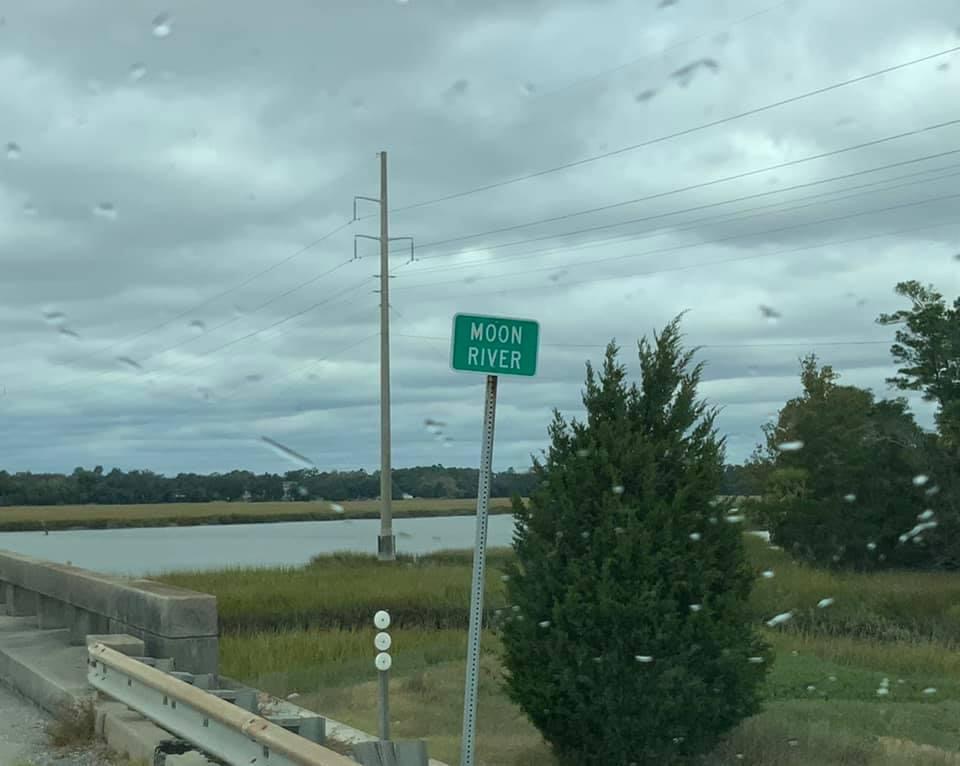
One of Savannah’s claims to fame is that Johnny Mercer, the lyricist for Moon River and some 1500 other songs, was born there. This little stretch of river right here near Savannah is called Moon River, so maybe this was the inspiration for his song, although at least at this point in the river, it is not “wider than a mile.”

I have to admit, this was the first time I had ever driven the entire East Coast shoreline from Maine south, and I was really surprised to see how much of the southern part of it was what I would have called “swampland.” Here in Georgia, they call it the “Low Country,” and is defined by all the land in Georgia that lies below the “fall line,” a series of waterfalls in mid-Georgia that mark the location of the ancient Atlantic coastline.
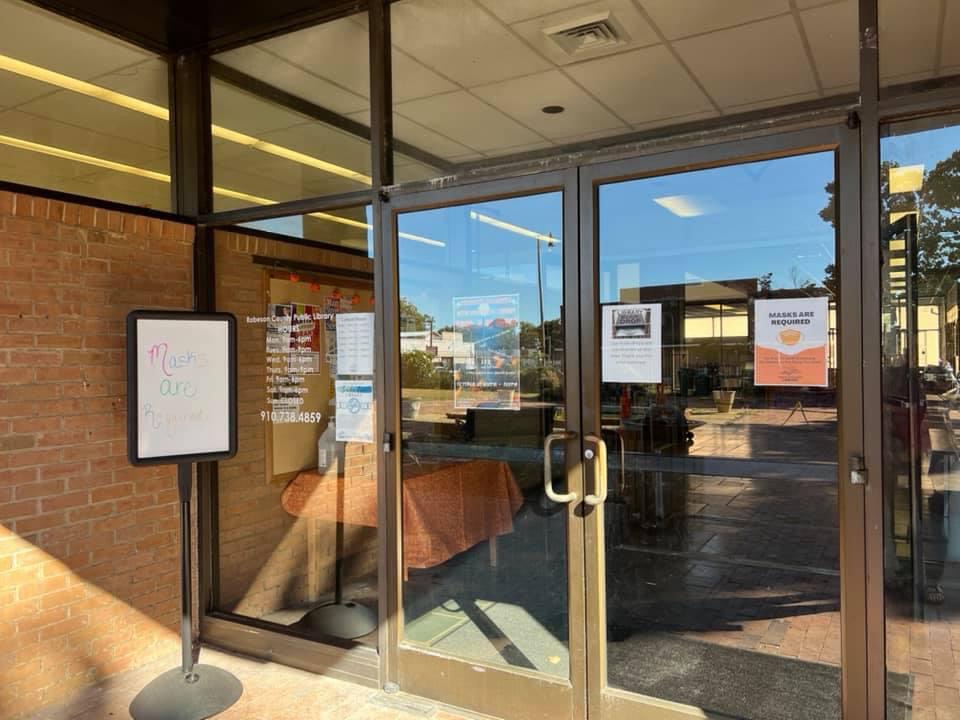
RICK’S POST:
Leaving New Bern, NC, our next destination was Skidaway Island State Park in Savannah, Georgia.
Heading to Georgia reminded me of my time there. I spent a summer living in Augusta, Ga. when I was about 11 years old. My sister and I drove across country with our mom and step father, who was an Army NCO stationed at Ft. Gordon there.
We lived in a trailer in a park off of the base. I remember it was really hot and humid and I spent much time in the swimming pool at the park. I spent so much time there that the manager asked me if I wanted to earn some spending money by taking care of the pool. This was the first job I ever had and I was really into it. I learned the steps involved in keeping the pool sparkling clean and maintaining it at the right PH and chlorine level. I can’t remember exactly how much he paid me but I think it was about $5 per week, which was a fortune to me.
We lived in a trailer that my mom adored. She and her husband Vollie had purchased it new. It was 8 ft wide by 56 ft long. It was colonial style on the inside with lots of wood paneling and turned cylindrical colonial decorative posts. There was a small dinette table with chairs in the same colonial style and wood color as the walls. My mom had what she called a Victrola, which was actually an old-style stereo console with a tuner, record player and speakers along with a tv screen. It was all housed in a big wooden cabinet that made it a large part of the interior furniture decor. It took up more space than they could afford to give it but it was one of my mom’s most cherished possessions. When Vollie was home, the TV would be on and if not, my mom would have me act as her DJ and play her records. Her favorite artist was Ray Charles and she would have me repeat her favorite cuts on his albums over and over. This was pretty much how I spent my time when I was not working on the pool.
Georgia was where I had my first lessons about racial inequality. Vollie would take me for rides in the car to show me the physical racial divide in the area where we lived. In our area, this divide was delineated by the railroad tracks. Houses (even trailers) of the average person were pretty simple back then. Regardless, as soon as we crossed the RR tracks, it was into a shanty town of clapboard houses with corrugated tin roofs over rickety walls and porches. Kids played outside in the dirt while their parents refereed from the front porch. Broken down vehicles were commonplace, some up on blocks with hoods open. The poverty was just very apparent and Vollie was trying to educate me, to understand that life for blacks in the south was hard, unfair and unjust. At that time in the south, there were still signs to be found that segregated restrooms and drinking fountains as “Colored” or “Whites Only.” The whole thing was really a shock to me, having grown up to that point in the virtually all-white communities of San Carlos and Marin County, California.
Interestingly, my mom and stepfather were both practicing Southern Baptists and attended a church where we were usually the only white parishioners. When my sister and I first arrived, Mom & Vollie couldn’t wait to introduce us to their friends in the congregation. Their friends and fellow parishioners were all so kind to both my sister and me. Most of them had some connection to the military base where my step father was assigned. Again, as a result of my life experience to that point, it was very foreign to me to be with a group of people in a church that would express themselves so freely by singing and dancing their praises to the lord.
The Greek Orthodox Church I attended back in California, living with my father and step mom, was a solemn, formal, and scary place to me, where widow women attended, who dressed all in long black dresses and who covered their faces with veils. The entire service sermon was very ritualistic, and in Greek, which I did not understand.
In the Southern Baptist Church, though I did not really understand the joy and the spirit of the congregation, I always felt safe and somehow welcome to be a part of it all. At first I was very bashful about singing and dancing along with everyone else but that lessened the more I learned to accept the warmth and the spirit of the congregation.
Arguably, things have changed much for the better in the south since that time and there is more opportunity to escape poverty and live a more normal life. That said, events such as the murder of George Floyd at the hands of the Minneapolis PD and the murder of Ahmaud Arbery while out for a jog in an all white neighborhood of Brunswick Ga. are glaring examples that systemic racism is far from being defeated in our nation.
I did make a few friends that summer in Georgia, including the first girl I was secretly very attracted to. She was a friend of my sister Sue’s and a couple years older than I was. She had long blonde hair and a deep southern accent. She used to tease me that being from California, I talked “plain”!
But OK, enough reminiscing. We left Dillon early the morning and had about a five hour trip to reach Skidaway Island State Park. As we drove through Savannah, the most striking sight was the Spanish Moss that hung from the trees. It is normally seen hanging from the oak and cedar trees in the area and does really well in the subtropical environment. The trees are not damaged by its presence and it does not take any nutrients from the tree. So it is not parasitic; it absorbs its nutrients from the air and rain. It propagates to other trees by fragments being carried by the wind or by birds. It is really a beautiful sight to travel a road with trees covered with Spanish moss lining both sides.
The park we stayed in was gorgeous. It was big and had lots of privacy between sites. There was a very nice office with a store and even a screened porch out back with comfortable chairs to sit in if you needed to take advantage of their wifi.
We spent a couple of days in the park, exploring the trail system and just relaxing & reading up about what there was to do in Savannah. On one of the trails was the remains of an old prohibition era still. There was a sign marking its location and of what was left, you could still see the axe cuts where the “revenuers” had taken it out of service for good. Also along the trail we saw the first of many alligator ponds there. Though we did not see an alligator there this day, we would soon make up for that when we got to the Everglades!
We decided we would take a guided tour of the city with a company called Old Town Tours. They have bus trollies that a person can ride while the driver gives a live narration about the different attractions and historical points of interest we passed through. It was the type of tour where you could get off to explore a particular area and then catch another trolley and continue the tour all day long.
We learned that Savannah founded in 1733 was the first planned city in the US. It was laid out in a grid of 22 squares. Each square has some type of park and monument area to explore. At one stop we saw the park where when Forest Gump was filmed; Tom Hanks sat on a bench there and recited his “life is like a box of chocolates” dialog. In another square was the modest home of the famous songwriter Johnny Mercer. Savannah is also home to the Savannah College of Art and Design, known as SCAD. The campus is spread out through the entire city in many different buildings. They are most famous for their teaching of the art of movie making. While we were there they had a film festival going on at some local theaters showcasing their students’ short films. It is a yearly event that movie scouts attend looking for new talent.
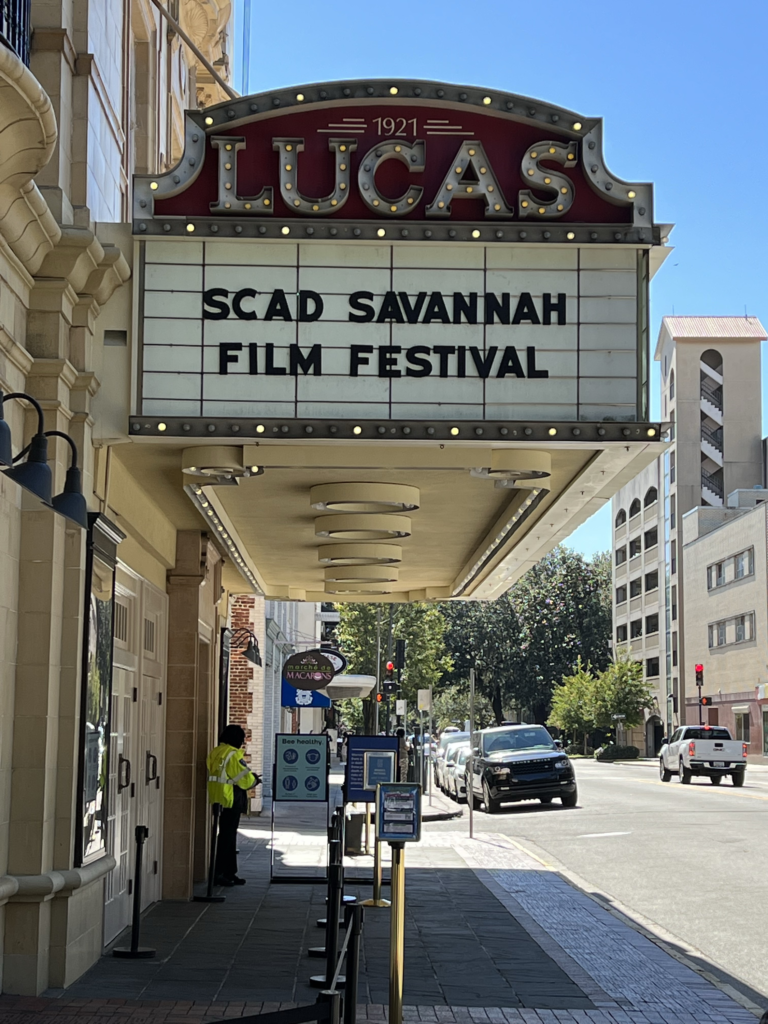
We went to a famous ice cream establishment named Leopold’s. The creamery was started by three Greek brothers who came to the US and opened their store in 1919. They learned how to make their ice cream from an uncle who was already living in Savannah. They were hugely successful in their business. When Johnny Mercer was a boy, he worked in their shop! One of the brothers, Stratton Leopold, had always dreamed of making movies. After his father died, he left Savannah and went to Hollywood, where he was a hugely successful director for 50 years. He came back to Savannah and opened another Creamery in the heart of the tourist district in 2004. Today he splits his time between working at the store when he is in town and in Hollywood when on new projects.
There is a very famous restaurant called The Pirate House that dates back to 1753. Cindy and I went there for lunch. It is called the Pirate House because back in the day, it was said that often the sailing men of Savannah would go there and get very drunk. Some of them would drink so much they would pass out. There was a tunnel that started at the back and below the restaurant that lead to the waterfront. If a sailor was passed out from drink he might just wake up at sea after being smuggled aboard a merchant ship in the night. Then he would be put to work until such time as he could escape the ship.
There was a lot more to the historical tour of the city including the prohibition museum, the first black college that was set up for freed slaves, the home of Eli Whitney’s original invention of the cotton gin, and a railroad museum. We really enjoyed our time in Savannah, experiencing its beauty and rich history.

